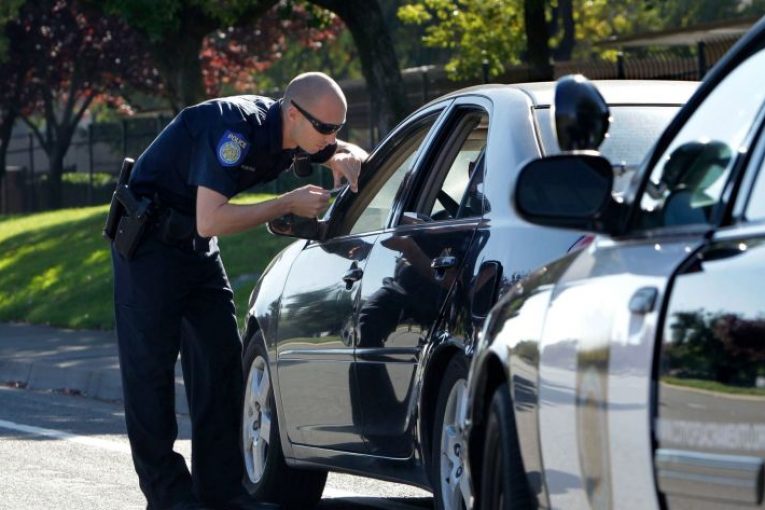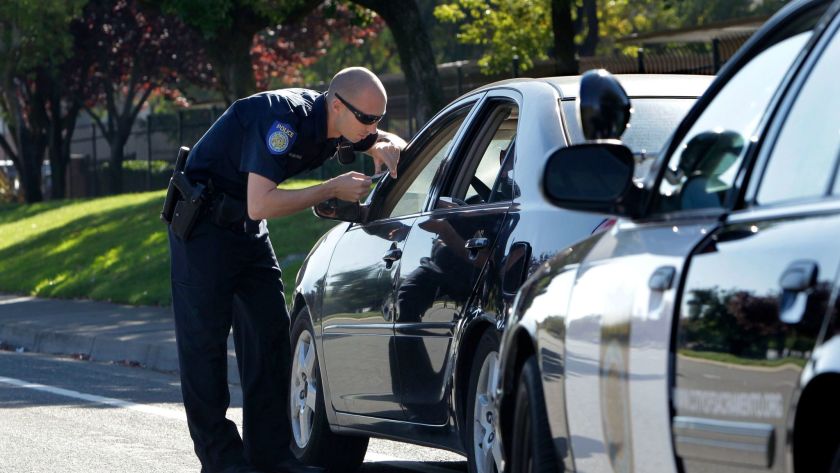

By David M. Greenwald
Executive Editor
PPIC this week released a key study of Police Use of Force and Misoncudct in California. Researchers Deepak Premkumar, Alexandria Gumbs, Shannon McConville, and Renee Hsia have taken advantage of state laws that have improved transparency in policing to “examine the available data to provide a baseline understanding of police use of force and misconduct in California.”
“While most use-of-force incidents are not considered misconduct, civilian fatalities and injuries—particularly of unarmed individuals—can nevertheless harm the public’s trust in law enforcement,” they write.
Overall their study found that about 195 people die each year from interactions with California law enforcement (keep in mind that the national total is around 1000, so California alone constitutes nearly one fifth of all police fatalities).
“Gunshots are by far the most common cause of death: nearly 250 people are shot by police each year,” they found.
Locally we have focused on police stops, and indeed, “Vehicle and pedestrian stops account for about 15 percent of police encounters in which a civilian is seriously injured or killed.”
The other big component is encounters with people suffering from a mental health disorder.
“More than four in ten people treated for non-fatal gunshot wounds from a police encounter were diagnosed with a mental health condition, an alcohol- or substance-related disorder, or both,” they found.
This is a huge point because one of the common misconceptions that people point to – they will argue, if people would just listen to the police many of these shootings could be avoided, but that ignores part of the reason why people may not be responding to the police – they can’t and police do not appear to be well trained to understand the difference between willful disobedience and mental health and trauma-based responses.
Meth turns out to be the most common drug used. Schizophrenia is the most common mental health condition recorded.
The data on armed versus unarmed civilians is interesting.
On the one hand, “In about 80 percent of encounters resulting in death or a gunshot wound, the civilian was armed with a weapon, underscoring the risky environments officers face.” On the other hand, “when we also consider civilians who sustained other serious injuries, 56 percent were unarmed.”
The findings on racial disparities also interesting.
The overall racial disparities are stark, the study found. “Black Californians are three times more likely to be seriously injured, shot, or killed by police (comprising 18% of these incidents) relative to their share of the population (6%). Latinos are also overrepresented among police encounters that result in serious injuries or fatalities.”
But the study did a good job of drilling down into these disparities.
They adjusted for contextual factors – such as the reason for the stop and whether the person was armed.
What they found, adjusting for contextual factors “narrows but does not eliminate this gap.”
The study noted, “Black residents are much more likely to be stopped by the police (16% of stops) compared to their share of the population; this overrepresentation in police contact puts them at a greater likelihood of being subject to police use of force.”
Further, “The share of Black people among all serious injuries and fatalities (18% to 19%) is still larger than their share among all police stops, though this disparity is considerably smaller.”
By using data from RIPA (Racial and Identity Profiling Act) to examine contextual factors, using regression analysis they are able to control for some of these factors that may influence the decision to use deadly force.
This allows them to make a more “apples to apples” comparison between stops.
The researchers point out, “All estimates are conditional on being stopped in the first place, which by itself has stark racial disparities that match what we find in use of force incidents.”
There is another problem – RIPA “is based on the officer’s perception of a civilian’s identity and relies strongly on the validity of the officer’s post-interaction reporting” and studies “have found that, in certain contexts, law enforcement officers have misreported civilian race to evade detection of racial bias.”
Prior to controlling for the contextual factors, they find a white person stopped by law enforcement faces a 0.23 percent likelihood that an officer will aim or discharge a firearm while a black faces a .75 percent chance.
“Black people who are stopped by police are over 3.2 times as likely to have an officer aim or discharge a firearm at them than whites,” they said.
Adding in context however, definitely narrows the gap from about 220 percent to about 100 percent (or from 3 times to 2 times the rate).
The good news here is that California has moved from a state that was hard to get good policing data to a state that is on the cutting edge of it.
The researchers write: “Following several years of reform, California has become a bellwether for data transparency in policing with the creation of the OpenJustice portal and new reporting requirements for law enforcement agencies.”
Overall, “The Use of Force data show that 56 percent of civilians who are seriously injured or killed in police encounters are unarmed. Since 15 percent of these incidents occur during vehicle and pedestrian stops, typically lower-risk interactions, it is worth exploring how to reduce these encounters without affecting public safety.”
Moreover, “Reducing these encounters may also help narrow racial disparities: recent research highlights how racial disparities are largely driven by these stops, particularly traffic violations.”
Certainly that is what we have seen in Davis – which does not have a huge number of use of force incidents, but has a huge racial disparity in traffic stops. The city council recently addressed some critical issues like mental health crisis response, but now needs to address traffic stops overall.
"use" - Google News
October 30, 2021 at 12:31PM
https://ift.tt/31guXJH
My View: New Data Sheds Additional Light on Police Killing and Use Force, Especially Racial Disparities in Them - The People’s Vanguard of Davis
"use" - Google News
https://ift.tt/2P05tHQ
https://ift.tt/2YCP29R
Bagikan Berita Ini















0 Response to "My View: New Data Sheds Additional Light on Police Killing and Use Force, Especially Racial Disparities in Them - The People’s Vanguard of Davis"
Post a Comment